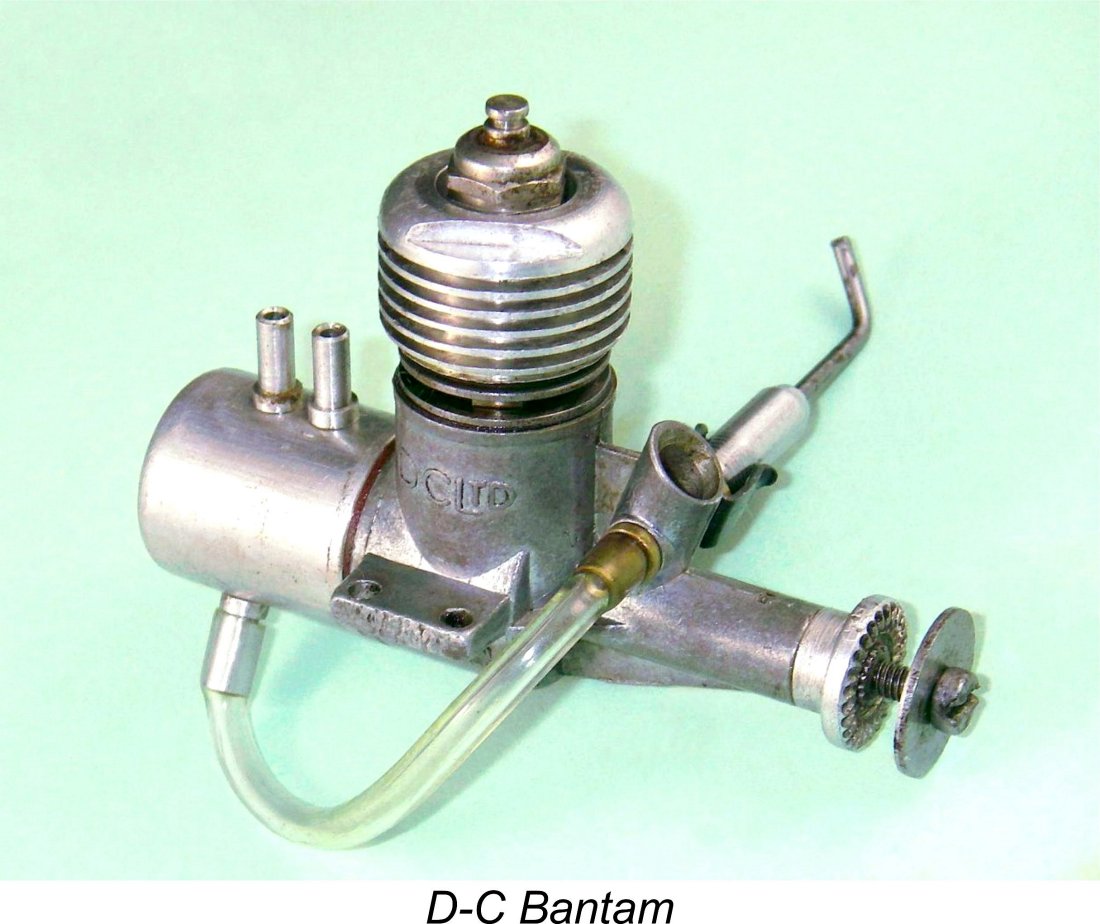
|
|
From the Editor - April 2021
Although there’s no doubt that everyone is feeling pretty battle-weary by now, myself included, this is no reason to lower one’s guard and joint the covidiots going along with the politicians and others who are trying to persuade people to resume "normal" activities in the face of the obvious consequences of doing so prematurely. Heck, we don't yet even know what the new "normal" will look like! The vaccines are an essential step forward, but they won’t resolve the problem on their own - only continuing responsible collective behavior will do that. Because we're seeing far too little of that, this thing is by no means over, and there’s more information all the time about the implications of virus mutations, the longer-term effects of the virus and the ability of even vaccinated people to spread it and even become re-infected. We're now experiencing a massive spike in new infections in British Columbia because so many people are behaving irresponsibly. All of this makes it appear even more important to avoid contracting and spreading the malady, thereby facilitating further mutations. I really care about the well-being of all my valued readers, so I urge you to continue to take all necessary measures to protect yourselves, your families and your friends. My very best wishes to all of you for getting through this unscathed while helping others to do the same! Meanwhile, life goes on at various levels, including interest in model engines! The site usage stats show that many of my readers have continued to take an interest despite other distractions, evidently using this website to help them fill the hours of isolation forced upon many of us by the COVID situation as well as a desire to take a break from the political and environmental realities which bedevil our lives. The numbers for March 2021 showed a modest increase in activity on this site. The March total of 434,561 hits was up a little from February, while the number of visits was substantially increased at 4,508. These visits came from a virtually unchanged 2,237 unique visitors, implying a further increase in the number of those making multiple visits. Those who visited accessed a total of 15,841 pages, again a very slight increase over the February total. These figures confirm that despite the COVID-19 pandemic and the ongoing political distractions, a good number of folks are clearly remaining very much engaged with our hobby. Further confirmation comes from the fact that the mail box has remained quite active. I heard from quite a few of you during March, including (in no particular order) Johnny Shannon, Luis Petersen, Bjørn David-Andersen, Michel Rosanoff, Alan Strutt, Allan Brown, Tom Coletta, Peter Valicek, Ken Burdick, Tahn Stowe, Chris Murphy, Maris Dislers, Ilya Leydmann, Don Imre, Steve Hainsworth, Stewart McLaren, Antonio Giandrini, Andrew Boddington, Peter Wakefield, John Brown, David Hill, Sergio Montes, Pierre Alberola, Neill McRae and Ryan Seymour. Apologies to anyone whom I may have inadvertently missed in the crowd, and apologies also to those whose messages went unanswered - there's only one of me and I can only do so much! The blog site has continued to justify its existence by contributing a small but steady flow of relevant traffic - thanks for that.
Born in September 1932, Gordon was an active member of the Croydon Model Club during the early post WW2 period. Apart from a two-year stint doing National Service in the British military during the early 1950’s, he remained very active and quite successful as a model designer and flier. His big break in the model engine field came in 1957, when he began to work with George Fletcher at International Model Aircraft (IMA) on the further development of the FROG model engine range. He was primarily responsible for the excellent 1.5 cc FROG 150R of 1958. Gordon was subsequently appointed to the position of chief engineer for the E.D. company, during which time he was responsible for developing the iconic Super Fury 1.46 cc diesel as well as the vastly improved 1960 version of the E.D. Bee and the famous Sea Otter marine Gordon will be long remembered as the author of a massively informative book entitled “Model Engine Mechanics” which was made available on line in recent years. He also authored a multi-part series on model engine development which may still be found here on the late Ron Chernich’s “Model Engine News” (MEN) website. A number of articles on my own site stand as testimony to his contribution to model engine design, including those on his one-off TR 148 and TR 247 specials. An article on Gordon's Dynamic and Tutor .049 engines is also in preparation as I write. He will be missed.
Maris advises that this engine appears to be based on cylinder castings and perhaps some internal components from the Vanguard Pup 5 cc engine offered in casting form by the Model Dockyard of Melbourne, Australia. This would give the twin a nominal 10 cc swept volume. The use of Model Dockyard components confirms that it was almost certainly made in Australia. It’s actually quite possible that it’s a Model Dockyard prototype, but there’s no way of confirming this. Judging by the crankcase nose and the prop driver, it was intended to feature spark ignition. It was most likely constructed sometime in the latter half of the 1940’s. Many thanks for this information, Maris! Now, an unsolicited plug for one of my favorite publications! A welcome arrival in my mailbox is the latest edition of the “Engine Collectors Journal” (ECJ). This iconic publication has now been going continuously for 60 years, I refer to ECJ on a regular basis when preparing my own articles for this website, since its pages preserve information which is no longer available elsewhere. Some of that information was collected 40 or more years ago and could no longer be assembled today. A invaluable resource for anyone interested in model engine history. However, ECJ Editor and publisher Tim Dannels now tells me that the future of ECJ is under threat. There are two reasons for this. The first is that input to the content from among the readership has declined quite significantly, leaving Tim with an ever-increasing amount of work to do himself to compile each issue. At age 86, how long can he keep doing that? Moreover, no one guy knows it all even if his name is Tim Dannels - outside input is essential to keep the content fresh. I suspect that this problem may well be due at least in part to the inevitable process of the older and hence more knowledgeable subscribers making their final departures from our midst. The less senior subscribers have less direct experience “back in the day” to draw upon, as well as fewer opportunities to conduct original research given that many of those who were “there” in the classic era have now left us, taking their knowledge with them. The pioneers are now long gone. I face this very problem with all of my own efforts, some of which were completed only just in time to save the history concerned. Such opportunities become fewer each year …………however, the remaining readers still have insights, the sharing of which is so very worthwhile! C'mon guys, ante up!! The second threat stems from the above comment to a large extent. ECJ’s readership has been steadily declining, to the point where the favourable US postage rate that has hitherto been applied to the publication may no longer be available, forcing an increase in the subscription price which can only further aggravate the readership issue. Speaking to a few of my contacts about this decline, I hear the complaint that there’s less new information appearing as time goes on. This of course is a self-fulfilling outcome of the previously-noted reduced extent to which readers are contributing to the content. Zero in = far less out! However, the major cause of the decline in ECJ’s readership is surely the fact that people today are far more inclined to access online sources like my site and a number of others than they are to support hard-copy periodicals. I suppose that makes me as guilty as anyone for drawing readership away from ECJ - not something of which I'm proud. There are still plenty of interested individuals - my own previously-cited site usage figures attest to that. However, the plain fact seems to be that present-day model engine aficionados are attuned to on-line information sources like my own website and a number of others around the world. There’s so much good information available online nowadays that hard-copy sources are now less highly valued than they were formerly.
By contrast, ECJ is forever – the printed material will last as long as its readers and custodians. I see great value in that - ECJ constitutes a far more permanent record than my site will ever be. For this reason, I’d like to ask that all of my readers give serious consideration to taking out a subscription to ECJ and contributing to its content. I believe that Tim Dannels’ efforts over the past 60 years with the invaluable assistance of his wife Betty richly merit our recognition. The support of those efforts through a subscription is the most sincere possible expression of appreciation. ECJ almost certainly won’t outlast Tim’s ability to keep it going, but until he chooses or is forced to cease publication he richly deserves our ongoing support. My own subscription is up to date, and I will continue to supply Tim with material for inclusion! Others please copy ............. long may ECJ enhance the contents of my mailbox! Turning now to this month’s feature articles, I have to retract a few of my earlier statements! I’ve repeatedly mentioned my intention to return to the one-article-per-month pace which I maintained for so long until my good mate Maris started sending in his much-appreciated additional articles. Keep ‘em coming, Maris!! However, there’s nothing as constant as change .............circumstances have now arisen which are pushing me towards staying with the two-article-per-month pace for some time to come. In large part, this is due to the fact that as mentioned earlier I’ve come to the realization that an unacceptably high proportion of my existing articles on MEN are becoming either woefully outdated or in danger of being lost altogether due to site deterioration. At least one has already disappeared from view on MEN, and there may be others that I haven't yet identified. That problem is bound to continue, since the frozen state of MEN does not allow any maintenance or information retrieval to be undertaken.
As promised in the last Editorial, this month’s all-new lead article features a detailed review and test of a supposedly British sideport diesel from the late 1940’s - the Airstar 2.15 cc unit. I say “supposedly British” because it turns out that it’s nothing of the sort! Although the Airstar was marketed in Britain by a British company, it was actually a French design which the British manufacturers had acquired from the French Airplan company who had developed the engine in the first place. The actual designer was Roger Fargeas of Paris.
In addition to the above article, I’m adding another updated version of one of my pieces on MEN. For this month, I’m sticking with the ½A theme established last month by presenting a comprehensively revised edition of my detailed review of the Cobra .049 glow-plug motor from 1960 England. In my opionion, this was the best of the four British ½A glows which appeared in 1959-60. I’ve been able to expand my coverage of this engine quite significantly, including the addition of some very revealing present-day testing. Even if you’ve read the original article, you’ll find plenty of new information in this revised version!
The “transfer” article from MEN next time will continue the ½A theme with a comprehensively revised look at the D-C Bantam of somewhat chequered memory. This light and compact 0.76 cc glow-plug motor was an attractive little unit but a woeful underperformer, as its hapless purchasers soon discovered. However, its stature was greatly inflated by an obviously unwarrantably positive test report which appeared in “Aeromodeller” and which Hefin Davies of D-C Ltd. did nothing to correct. This very This is a story with both consequences and a bit of controversy to it, and one which is well worth preserving. I've been able to expand my coverage considerably with some in-depth testing, also adding some tips on how to get a Bantam to actually go! It can be done ............. I think that about does it for this edition. All being well, I'll be back to you with another edition on or about May 1st, 2021. Meanwhile, please accept my best wishes for continuing to rise above the present pandemic and political situations and getting the best of what life has to offer under present circumstances. The heady aroma of diesel fumes, sparkie smoke or burning nitro may be more challenging than usual to experience, but I hope that at least some of you find an opportunity to get your fume fixes! Take care and stay well - pay attention to the doctors and scientists rather than the politicians and their uninformed self-serving supporters!! Cheers, Adrian Duncan British Columbia, Canada ___________________________________ Note regarding material to be found on this site - unless specifically otherwise noted, all images and text which appear on this site are my own work, and I hereby assert my right to be recognized as the originator of this material. For the record, this material is made freely available to all upon two firm conditions:
Adrian C. Duncan British Columbia, Canada
|
| |
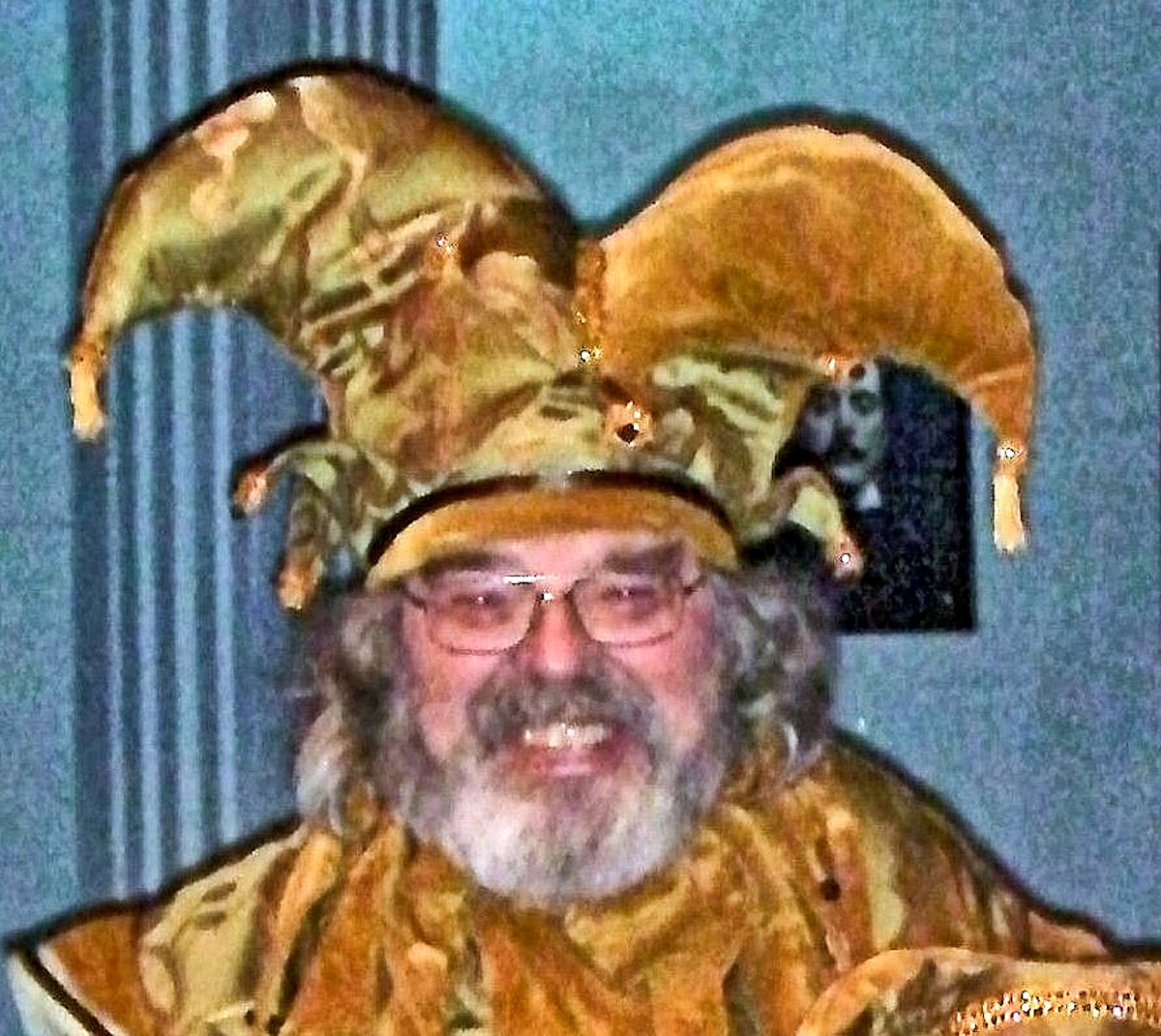 Well, here we are heading into April 2021, still dealing with this dratted COVID pandemic after over a year in the trenches and still trying to filter out all the politically-motivated misinformation which continues to hamper efforts to reduce the global impact of this very negative situation. It doesn't have to be April for fools to come out of the woodwork!!
Well, here we are heading into April 2021, still dealing with this dratted COVID pandemic after over a year in the trenches and still trying to filter out all the politically-motivated misinformation which continues to hamper efforts to reduce the global impact of this very negative situation. It doesn't have to be April for fools to come out of the woodwork!! I’m afraid that the next announcement is becoming a regular feature of these Editorials - only the name changes. I have to report yet another departure from among us. This time, it’s Gordon Cornell, one of England’s leading model engine designers, constructors and researchers. Gordon passed away in mid-March 2021 at the age of 88 years.
I’m afraid that the next announcement is becoming a regular feature of these Editorials - only the name changes. I have to report yet another departure from among us. This time, it’s Gordon Cornell, one of England’s leading model engine designers, constructors and researchers. Gordon passed away in mid-March 2021 at the age of 88 years.
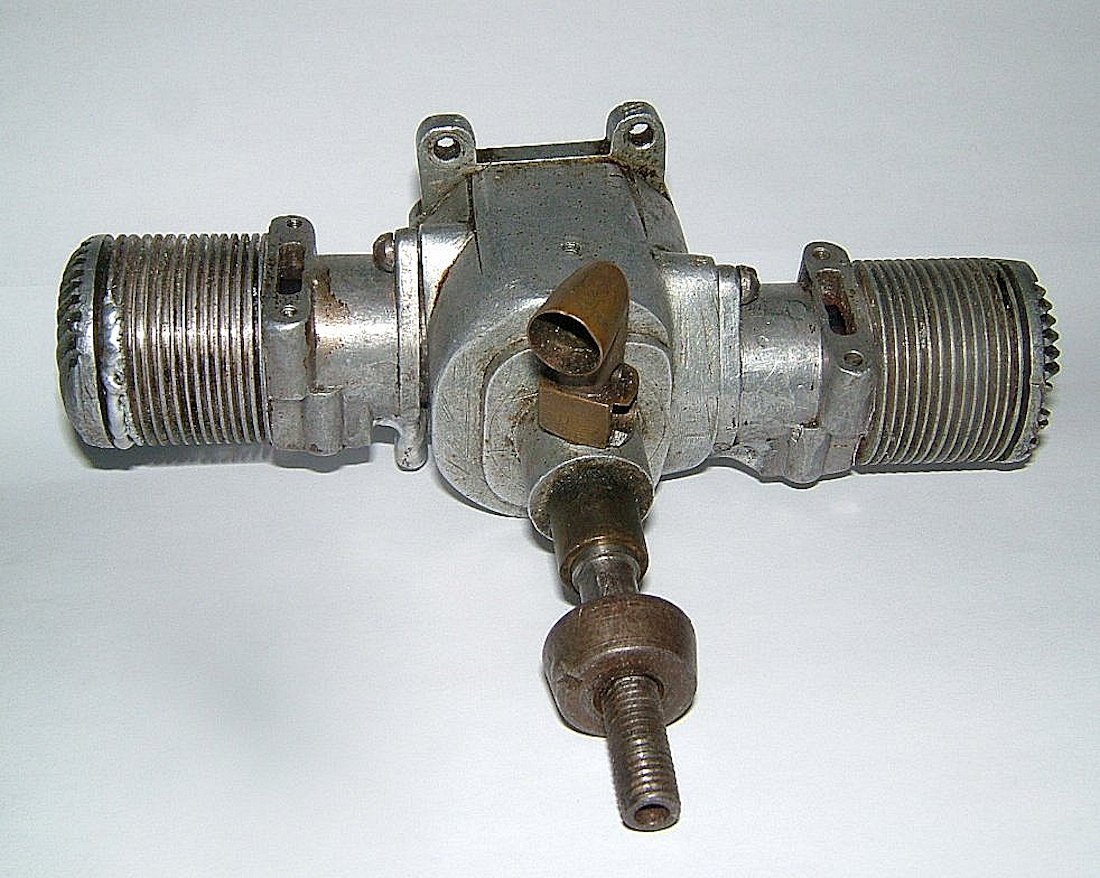 On a happier note, it’s nice to be able to report that some persuasive information has already come in on the
On a happier note, it’s nice to be able to report that some persuasive information has already come in on the 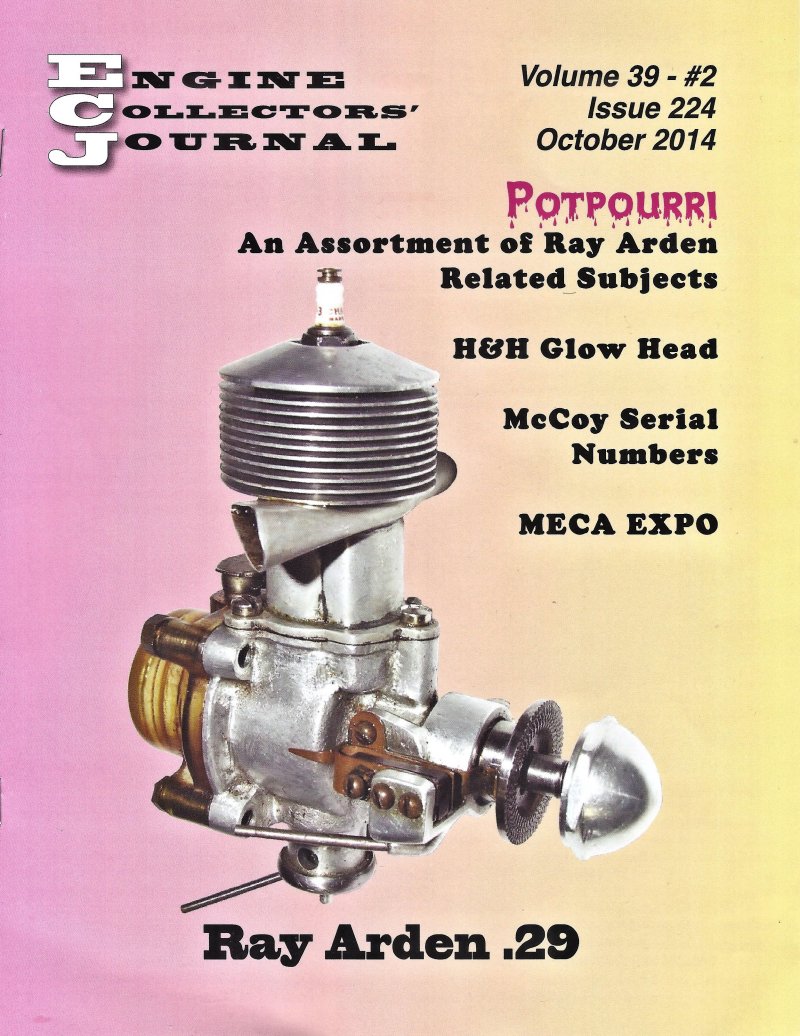
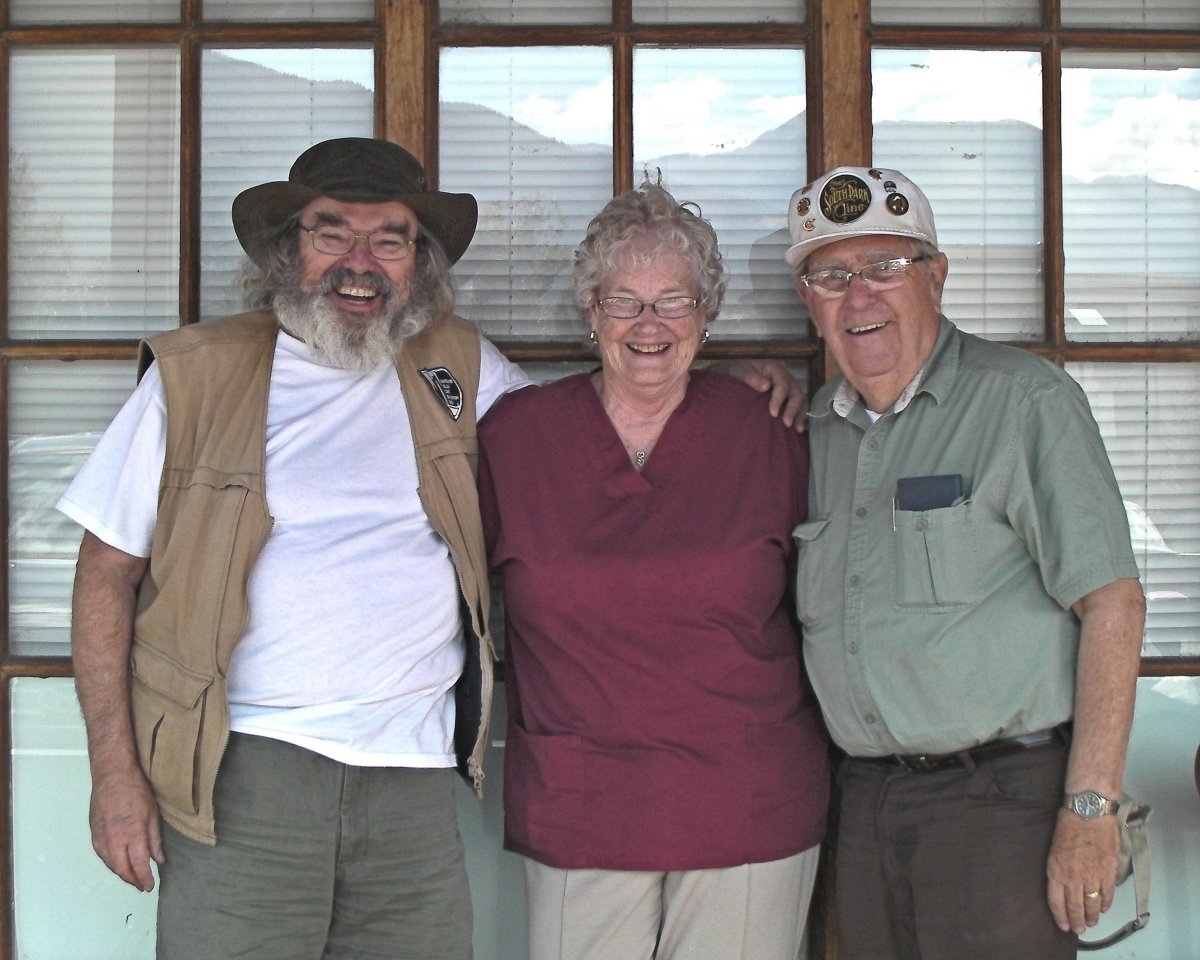 Of course, there’s a yawning trap here, which far too few people seem to see. Online resources like mine are only as long-lasting as the platform on which they’re presented. My site or its support platform could crash at any time, taking all of the information with it. Ron Chernich’s MEN site is in the early stages of going down, since he didn’t leave any means of accessing his heavily-encrypted site to carry out needed maintenance. The site and its contents are therefore slowly deteriorating, with no remedy other than transference of the information.
Of course, there’s a yawning trap here, which far too few people seem to see. Online resources like mine are only as long-lasting as the platform on which they’re presented. My site or its support platform could crash at any time, taking all of the information with it. Ron Chernich’s MEN site is in the early stages of going down, since he didn’t leave any means of accessing his heavily-encrypted site to carry out needed maintenance. The site and its contents are therefore slowly deteriorating, with no remedy other than transference of the information. 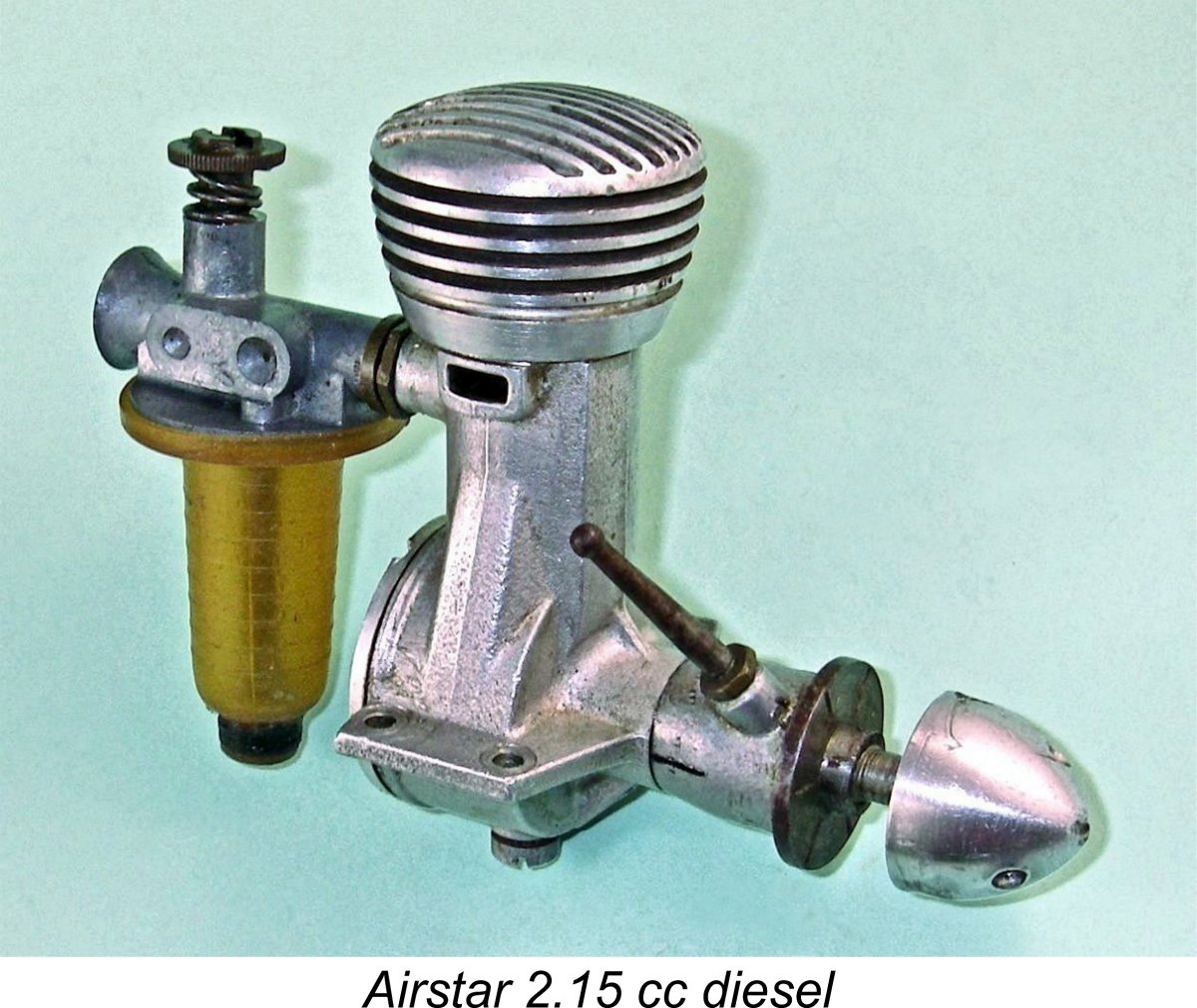
 The deal with Airplan evidently included a number of original French components which were used in the Airstar models, making this a joint French-English production in reality. It’s a fascinating story which I’m sure you’ll enjoy! The engine incorporates some highly unusual features which are well worthy of contemplation.
The deal with Airplan evidently included a number of original French components which were used in the Airstar models, making this a joint French-English production in reality. It’s a fascinating story which I’m sure you’ll enjoy! The engine incorporates some highly unusual features which are well worthy of contemplation.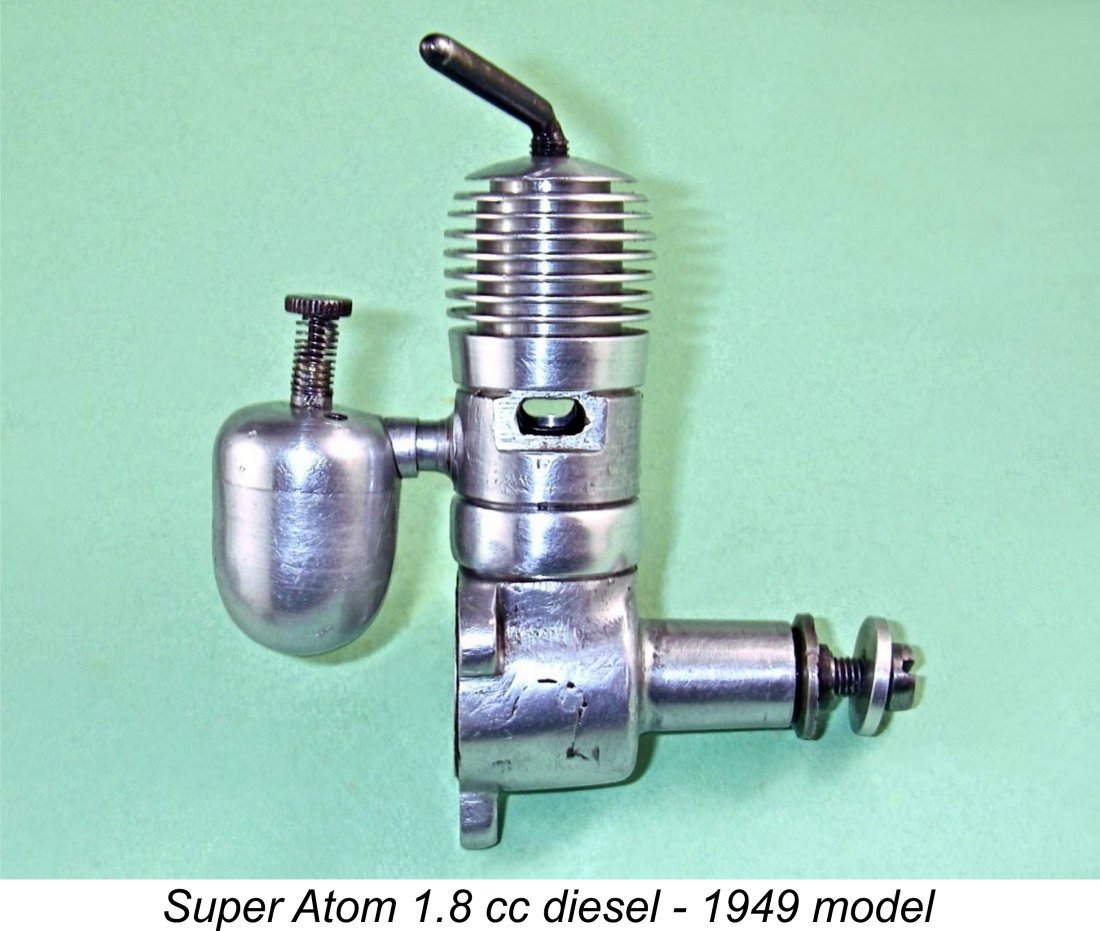 Turning now to next month, it’s been a while since we last visited Eastern Europe, so I plan to take us to early post-WW2 Czechoslovakia (as the Czech Republic was then) to have a good look at one of the more prominent model engine ranges from the early post-WW2 years in that country. We’ll be examining the Atom diesels and their NV successors. These were among the most capably designed and well-produced engines to be manufactured anywhere during the first few years following WW2, making them well worthy of our attention. You may be quite surprised at the range of different models produced under the Atom name! All will be revealed next month …………..
Turning now to next month, it’s been a while since we last visited Eastern Europe, so I plan to take us to early post-WW2 Czechoslovakia (as the Czech Republic was then) to have a good look at one of the more prominent model engine ranges from the early post-WW2 years in that country. We’ll be examining the Atom diesels and their NV successors. These were among the most capably designed and well-produced engines to be manufactured anywhere during the first few years following WW2, making them well worthy of our attention. You may be quite surprised at the range of different models produced under the Atom name! All will be revealed next month …………..